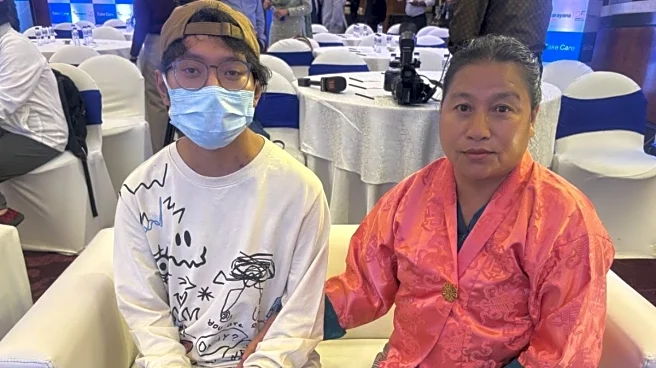
A five-year-old British girl died after “a known, but very rare complication” post-surgery, her coroner’s report found. According to the post-mortem, Amber Milnes, who had cyclical vomiting syndrome or CVS, passed after an artery ruptured following surgery to remove her tonsils. The report mentioned that Amber should have been immediately readmitted to the hospital following a tonsil operation when she suffered a bout of sickness. Her family said Amber suffered an infection and a haemorrhage and died four days after the 38-minute tonsillectomy at Truro. Amber, a resident of St Just in Cornwall, underwent the procedure since she had sleep apnoea and was discharged home within hours. Thereafter, she began vomiting in the early morning. Her parents
said they rang the hospital and were advised to wait and see how she did, and to call back if she did not stop being sick. Amber vomited about 20 times, and her parents took her back to the hospital. The report mentioned that Amber suffered an infection in the area of her throat where her tonsils had been removed and a haemorrhage. “Once she had started vomiting, she was in and out of the hospital on a regular basis, which was tough on her, tough on us all, but she took it all in her stride. Amber was so strong, and when she felt sick, she just got on with it,” Amber’s father, Lewis Milnes, told The Guardian.
What is Cyclic vomiting syndrome?
Cyclic vomiting syndrome is a disorder of gut-brain interaction that causes sudden, repeated episodes of severe nausea and vomiting, followed by periods of no symptoms. The episodes are stereotypical, meaning they tend to start at the same time of day and last for a similar length of time for an individual patient. According to experts, CVS may last for months, years, or even decades. However, the symptoms do not occur every day, and episodes generally occur several times a year but can happen up to once or twice a month. The symptoms, time of day, frequency, severity, and length of each episode are usually the same for any one person. But these factors can vary from person to person. CVS is more common in children than adults. Approximately 3 of every 100,000 children have CVS. In most cases in children, episodes start between the ages of 3 and 7 years. However, the disorder can begin at any age.Signs and symptoms of CVS
CVS involves sudden, repeated episodes of severe nausea and vomiting. Episodes often unfold in:- The prodrome phase, where you begin to feel nauseated and sweaty in the minutes or hours leading up to the vomiting.
- The vomiting phase happens when you vomit several times an hour
- In the recovery phase, the vomiting and nausea improve slowly
- Abdominal pain
- Diarrhoea
- Dizziness or vertigo
- Drooling or spitting
- Extreme thirst
- Pale skin
- Severe headaches and fatigue
- Light sensitivity
- Low-grade fever
- Retching, where your vomiting reflex forces you to throw up, but nothing comes out
/images/ppid_a911dc6a-image-176433042828399153.webp)


/images/ppid_59c68470-image-176414506179172000.webp)



/images/ppid_59c68470-image-176416261287234788.webp)






/images/ppid_a911dc6a-image-176421843481243206.webp)
